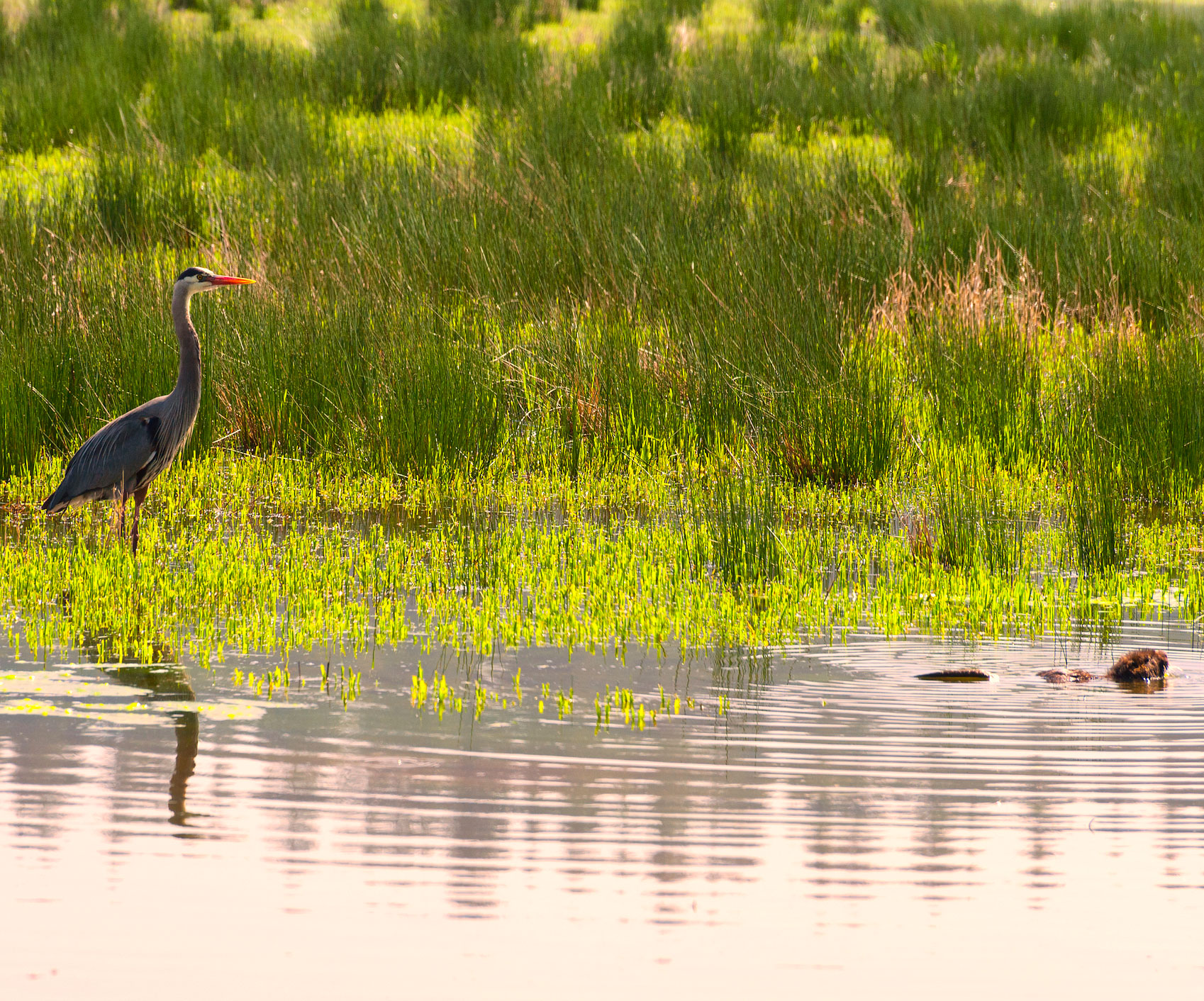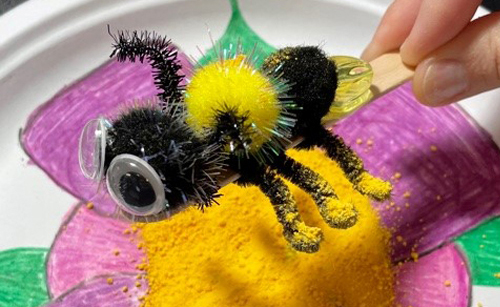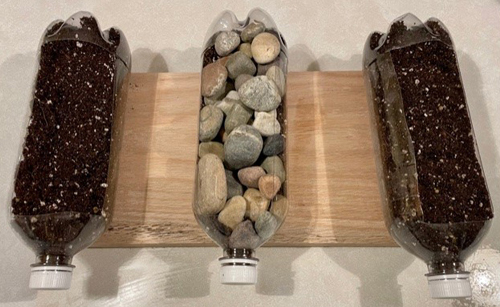There are many rivers, streams, and lakes that make Clark County a fun and beautiful place to live. Think about how much rain Clark County receives in a typical year. Where does all of it go and how does it shape our ecosystem? Let’s learn more about our watershed and why understanding it is important.
What is a watershed?
A watershed is an area of land that catches and drains or “sheds” water into specific streams and rivers. These in turn flow into larger bodies of water, including lakes, reservoirs, and oceans. Gravity is the force that guides the path that water takes across the landscape.
Not all rain or snow that falls on a watershed ends up in a stream or river. Some percolates into the ground and fills underground reservoirs called aquifers. And because we have built hard surfaces in our watershed, such as roads and parking lots, much of the precipitation that falls on them enters storm drains that eventually feed into rivers.

A healthy environment even influences our mental health! Studies have shown that access to green space results in lower rates of illness, higher frequency of exercising, and decreased stress.
Importance of a healthy watershed
Healthy watersheds provide so many benefits that are vital for our environmental and economic well-being. For starters, a healthy watershed helps water filtration and storage, increases biodiversity, promotes nutrient cycling, aids in carbon storage, provides erosion and flood control, creates wildlife movement corridors and recreation opportunities, reduces the risk of invasive species establishment, and gives us food.
Economic benefits
Environmental benefits
What happens in a watershed?
What sorts of things do we do on the land in a watershed? We play, walk our dogs, grow our food and so much more! Do any of these actions leave something behind?
If so, can these things be washed downstream in a big rainstorm? The video below shows a model of the things that we commonly do in our watersheds and what happens in a precipitation event.
We can all do something to help protect the creek, river, or lake in our watershed! Think about the problems below and see if you can find the answer to keeping pollution out of your water.
- Your dog poops on a walk.
- You need to wash your family’s car.
- You need to write on paper.
Maybe you thought of picking up the dog poop, taking the family car to the car wash instead of washing it on pavement, or reusing and recycling the paper. You might have come up with other creative answers too. If you want to do even more to protect your water, you can do something like pick up trash in your neighborhood or at your local park, or volunteer to plant trees near the waterway.







